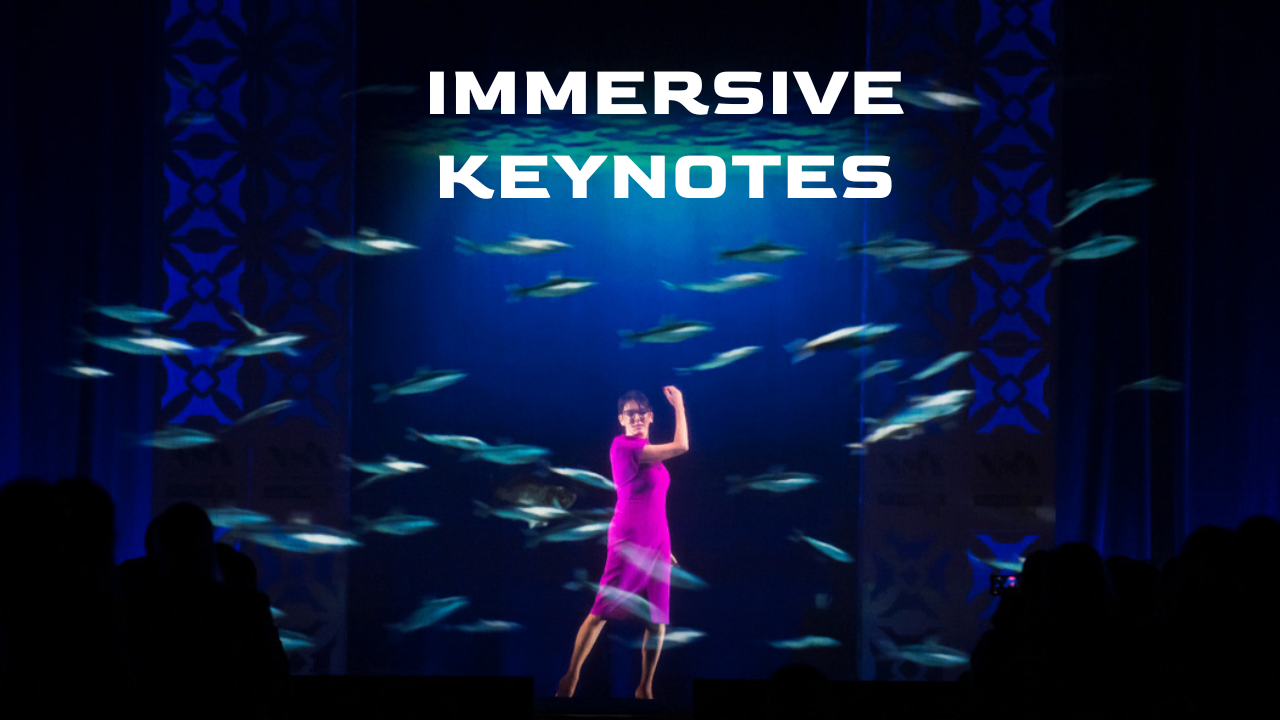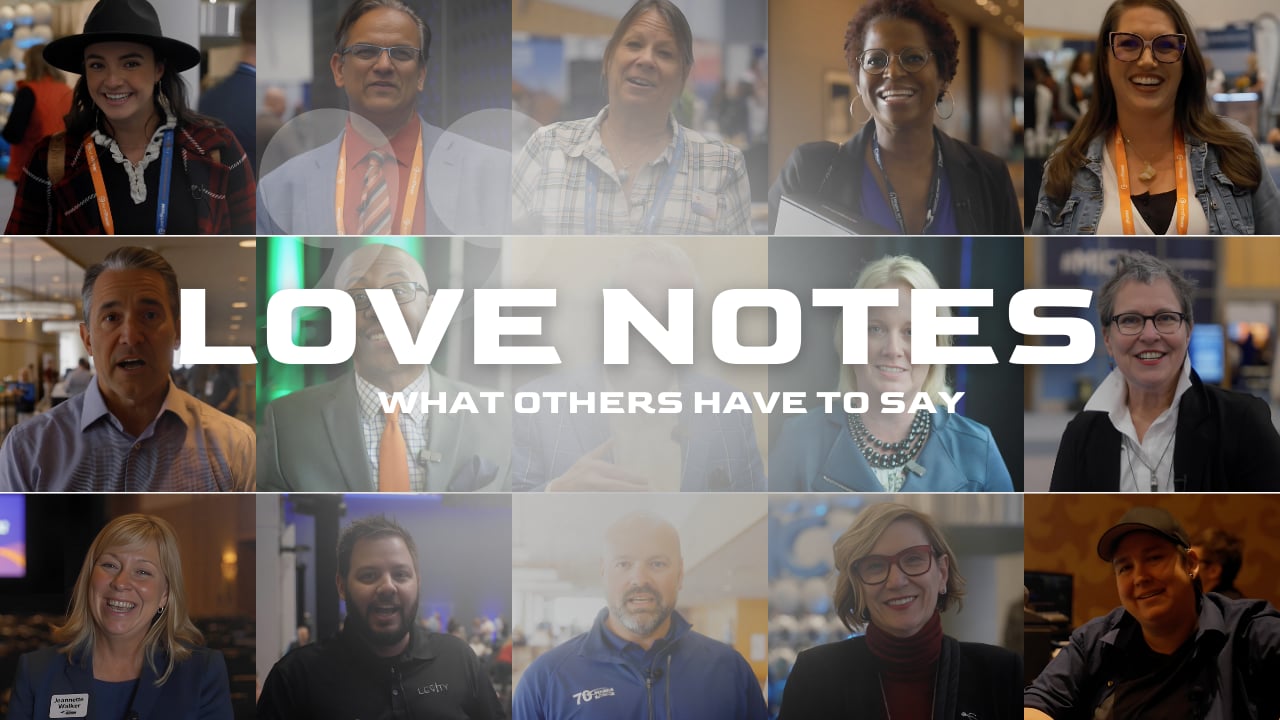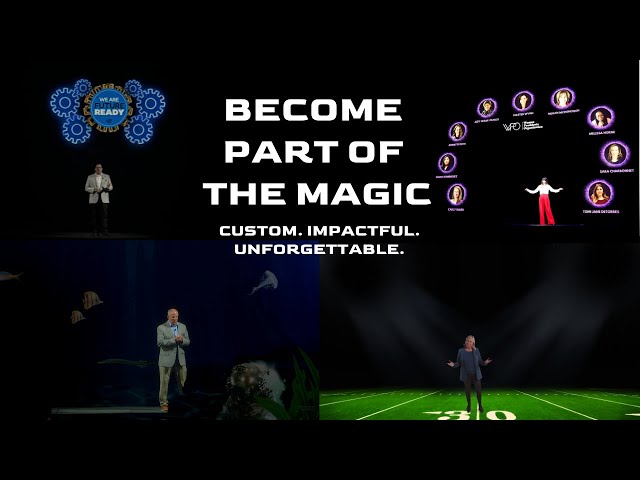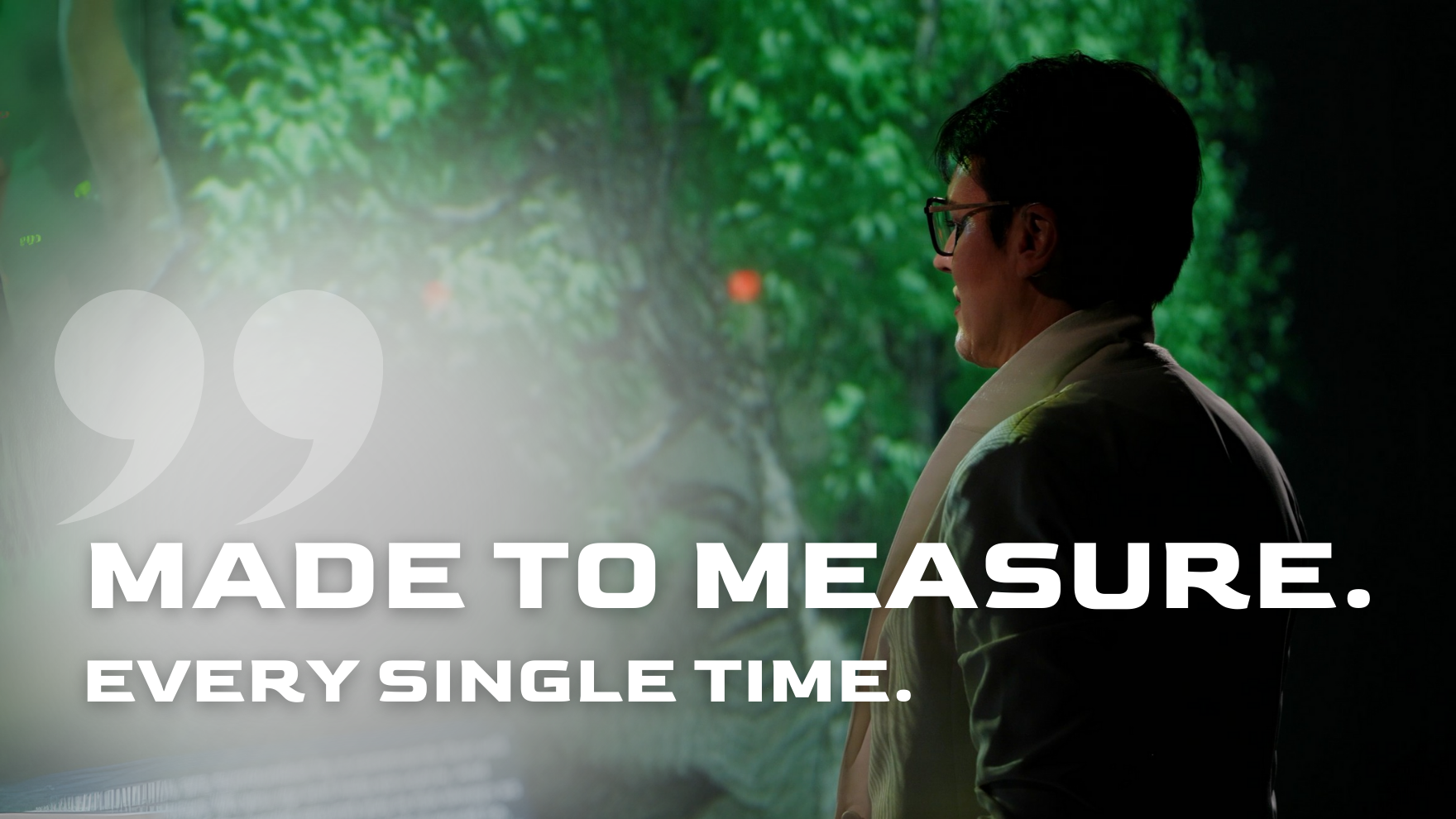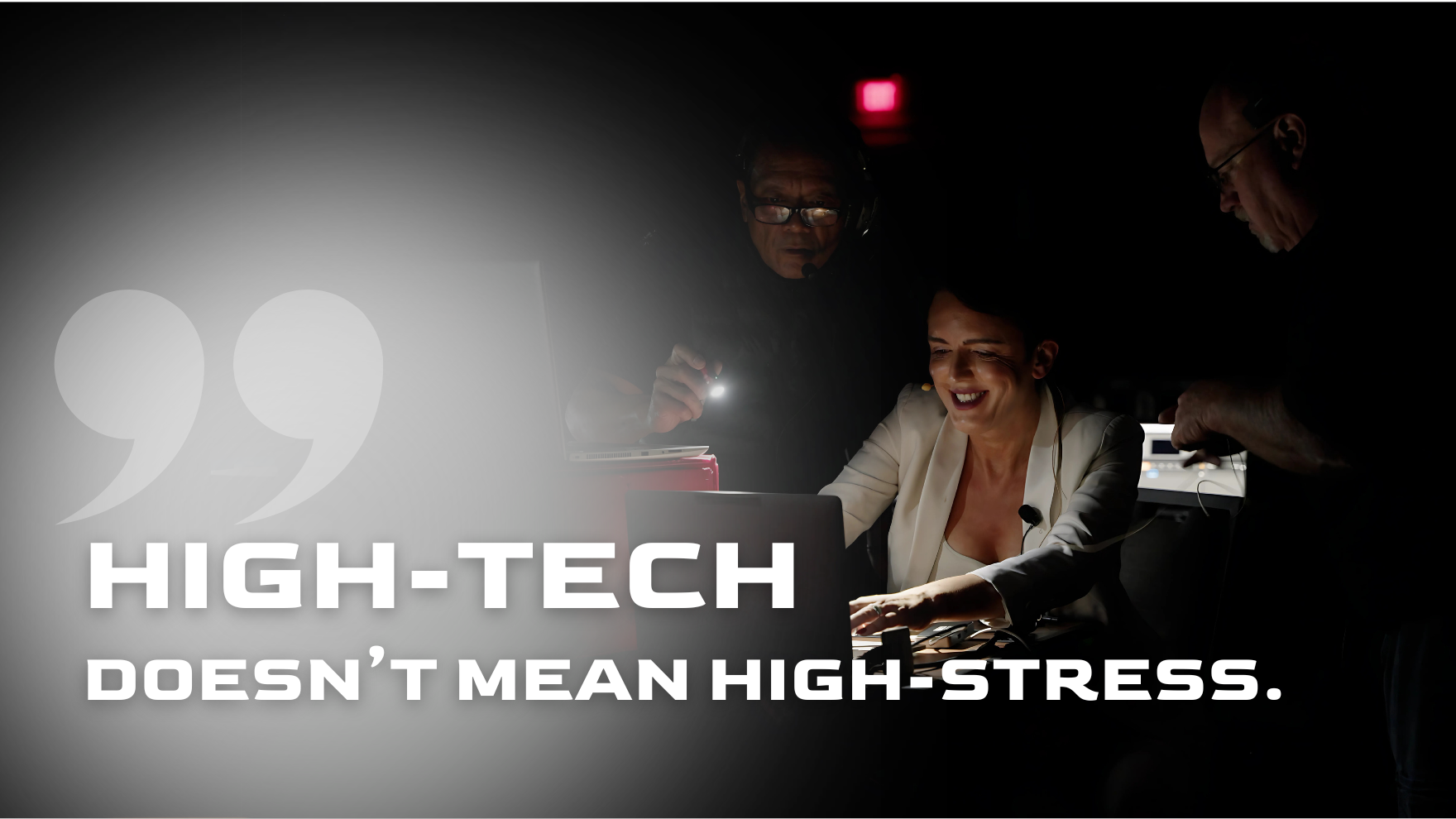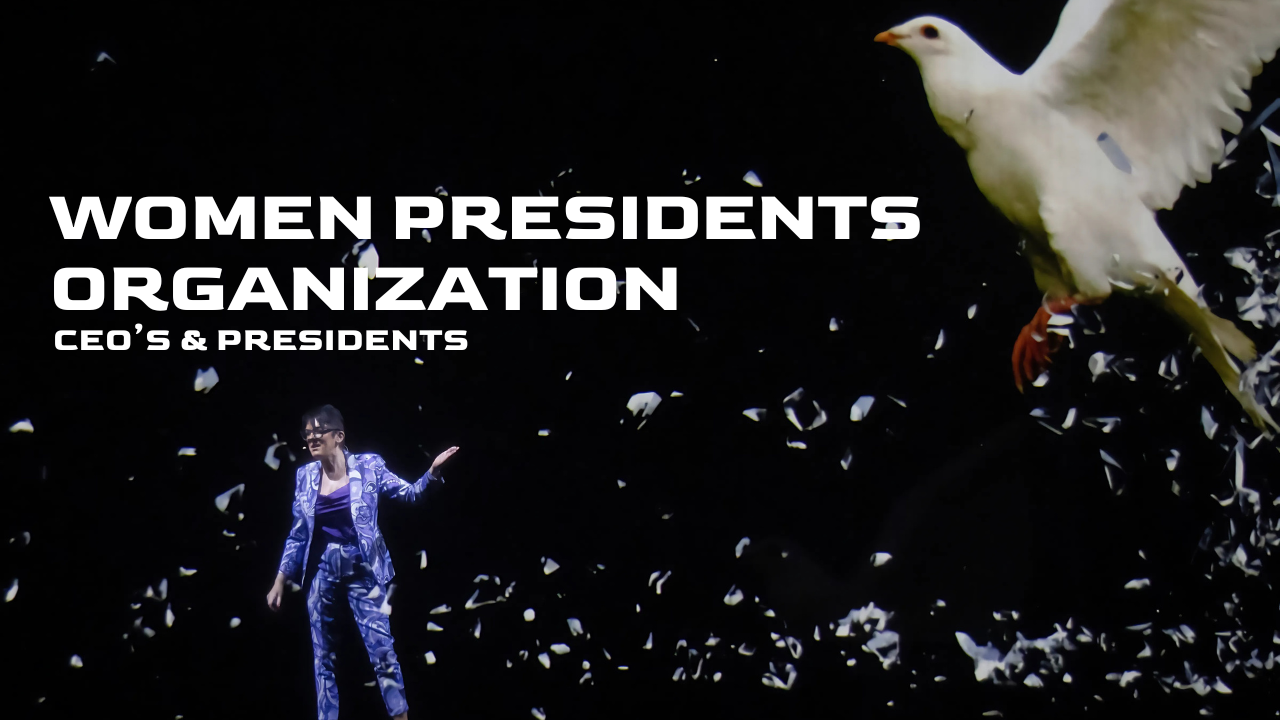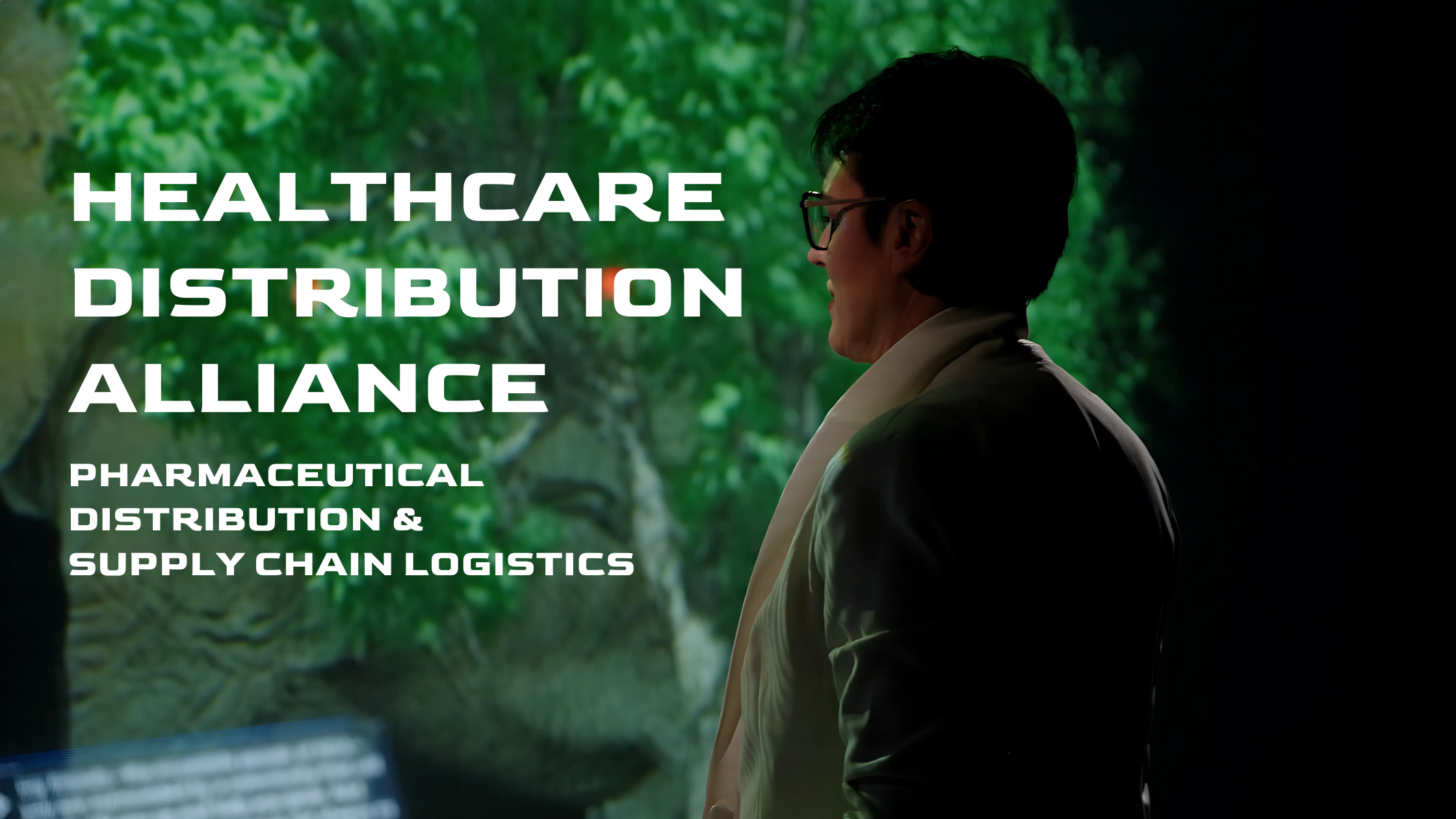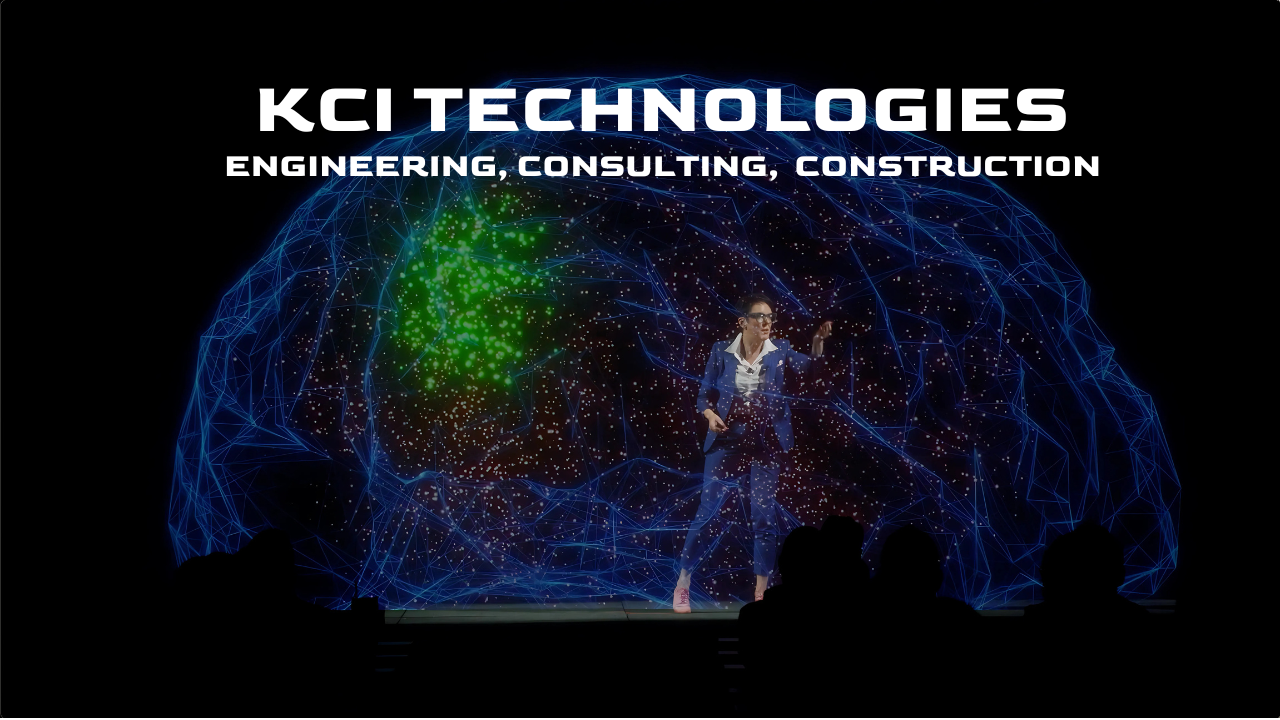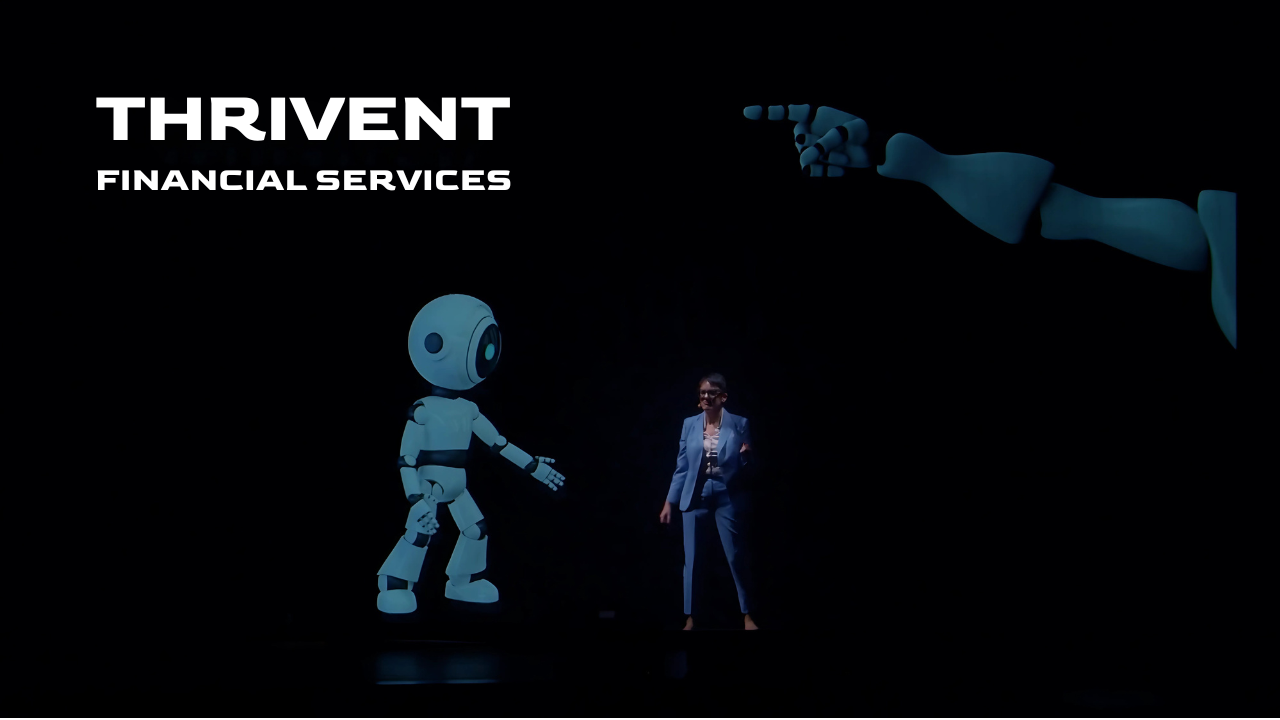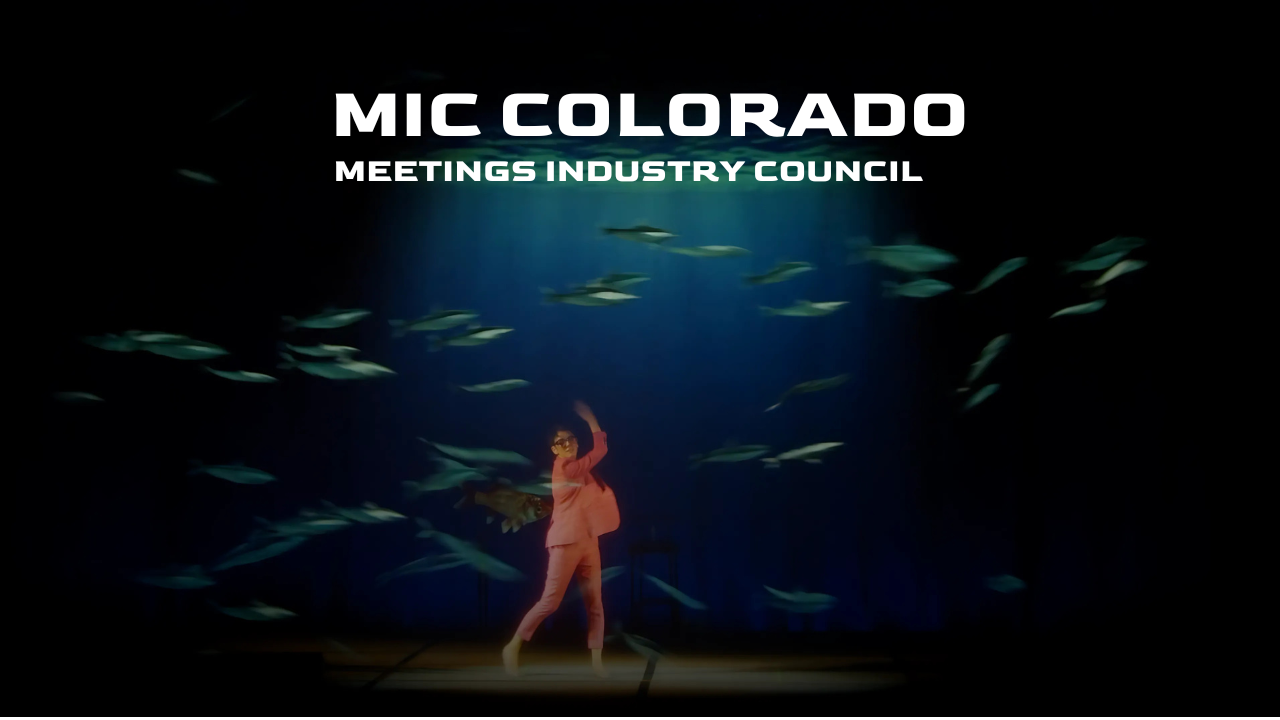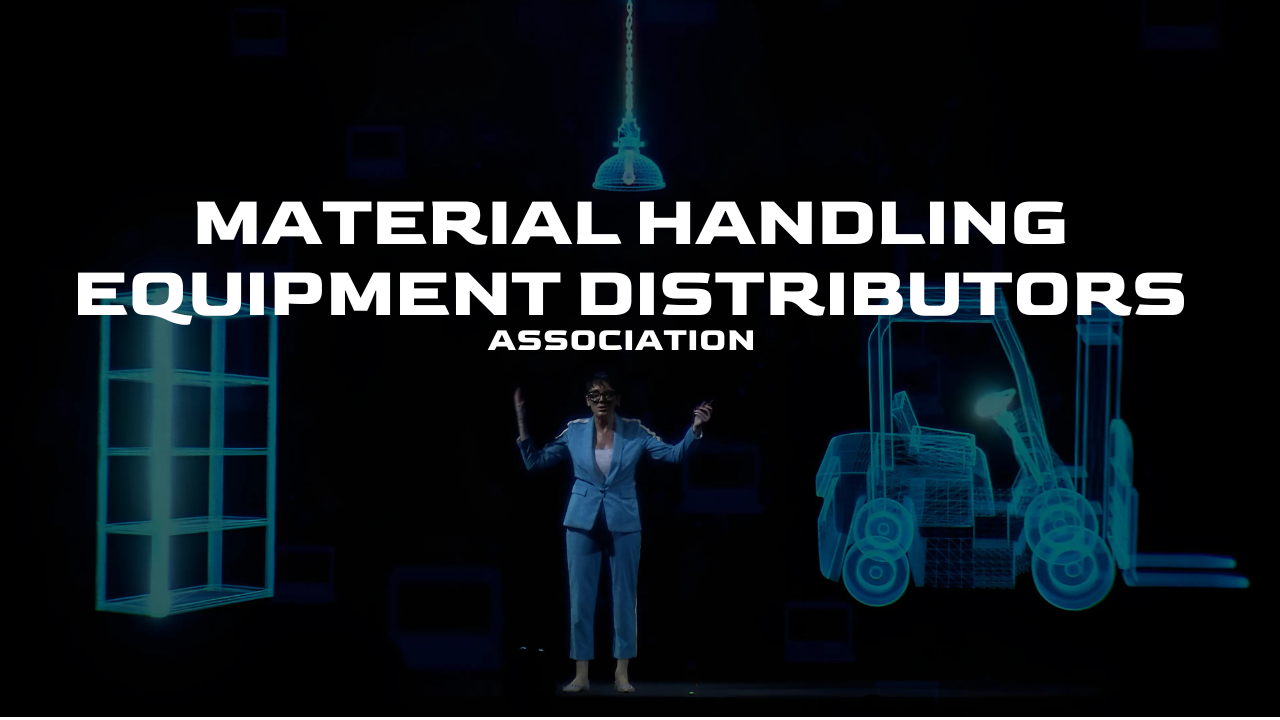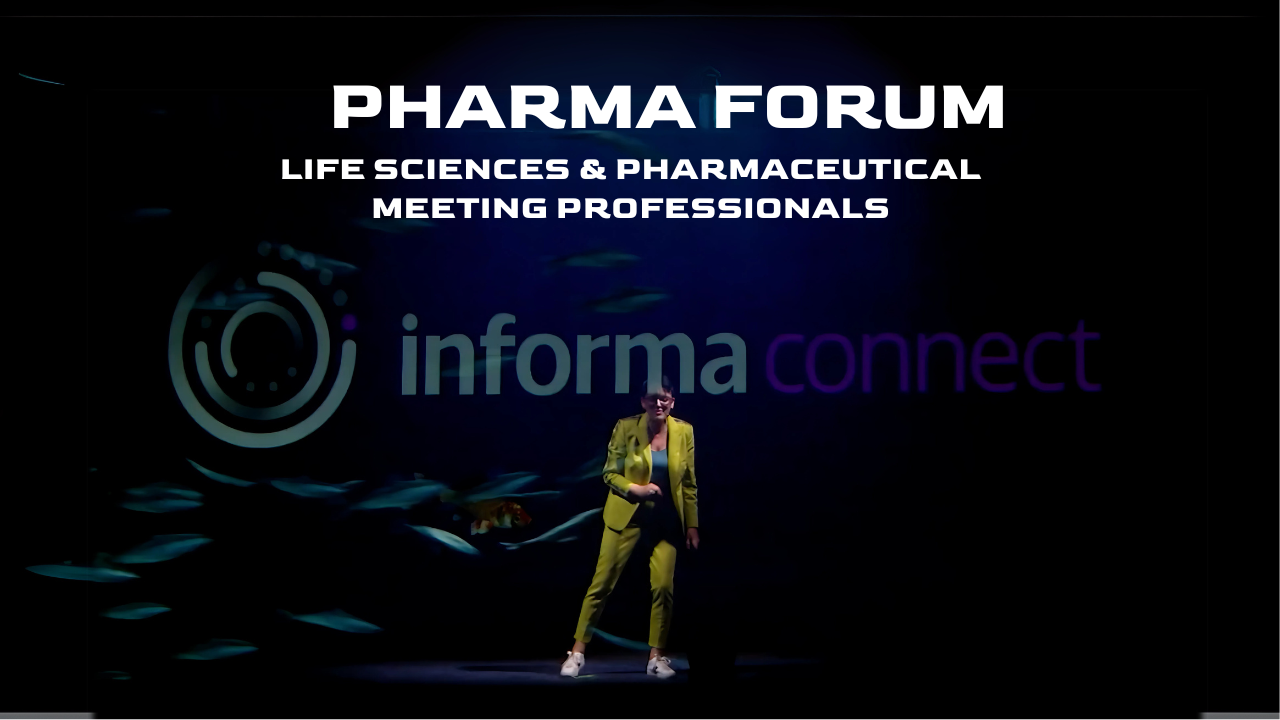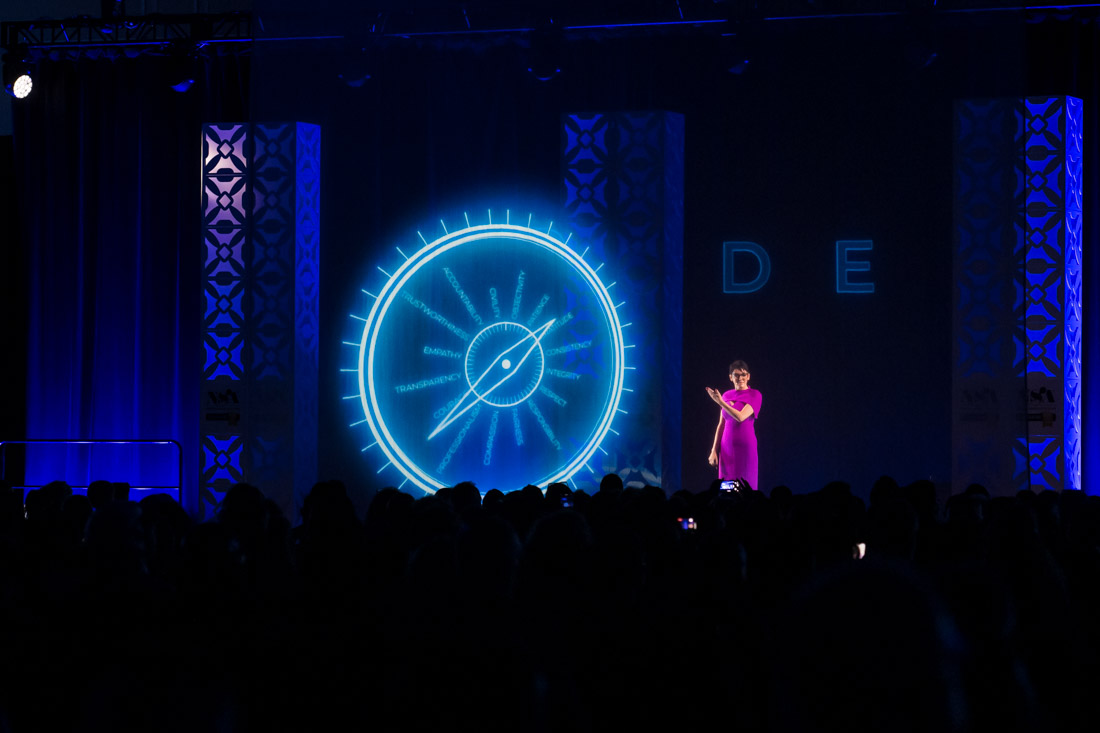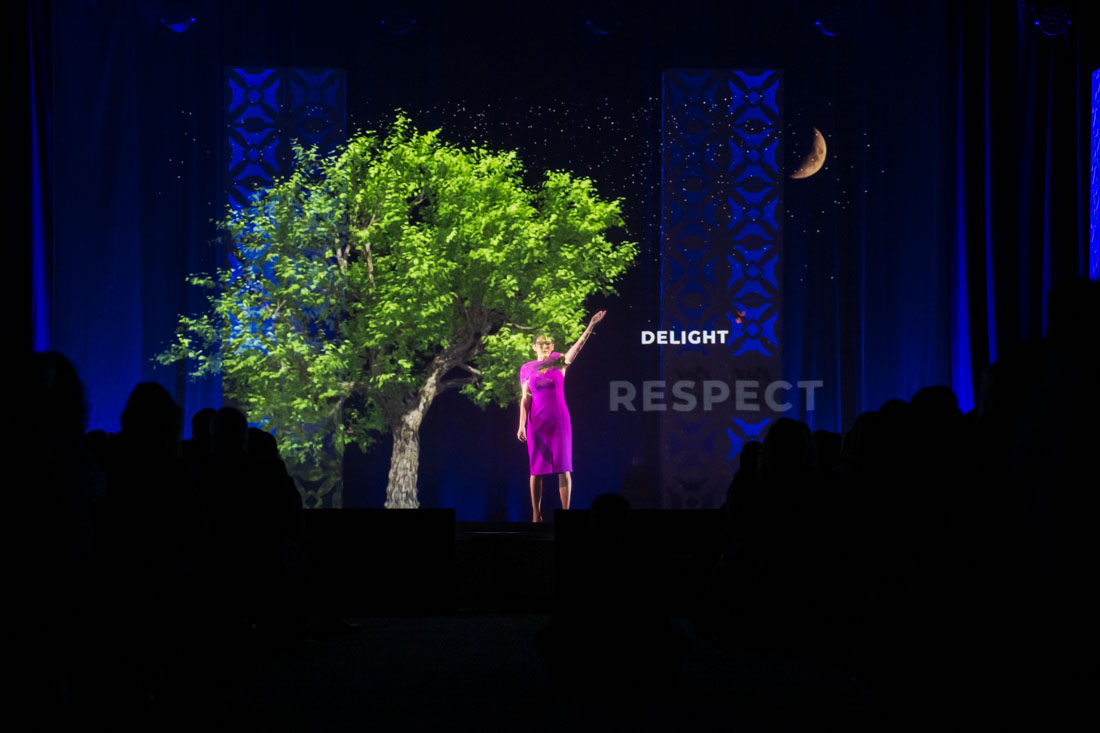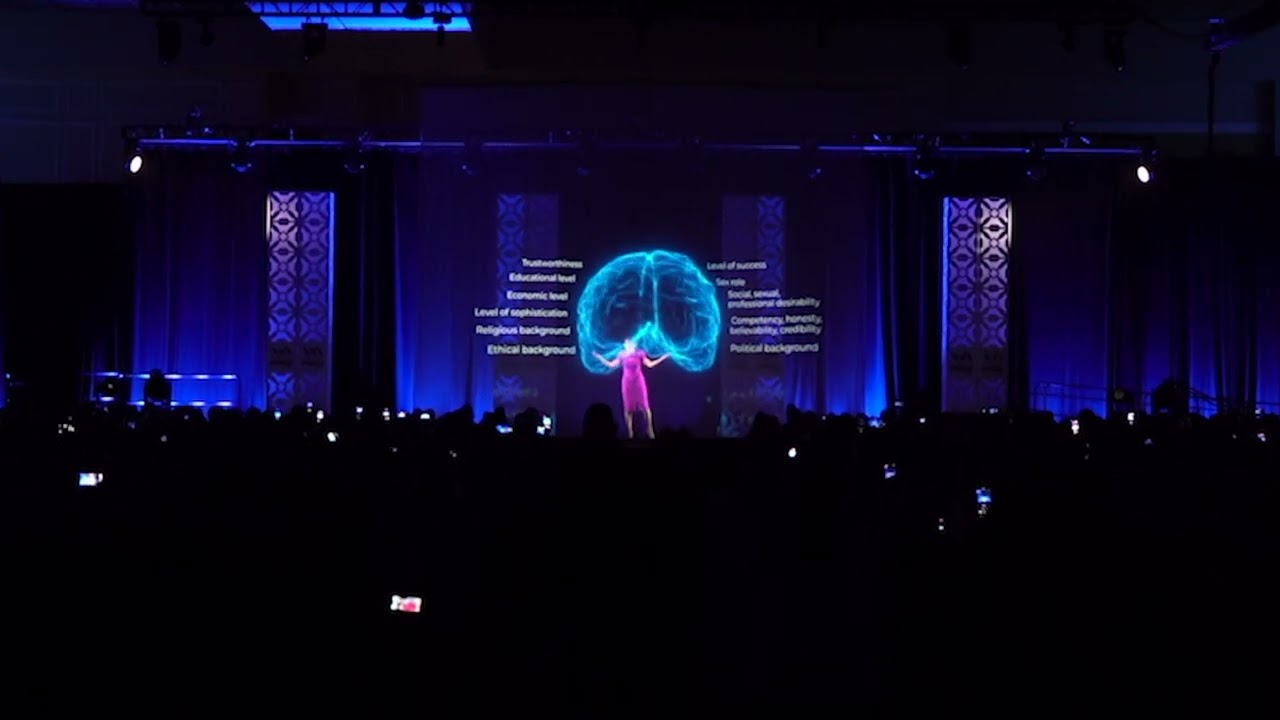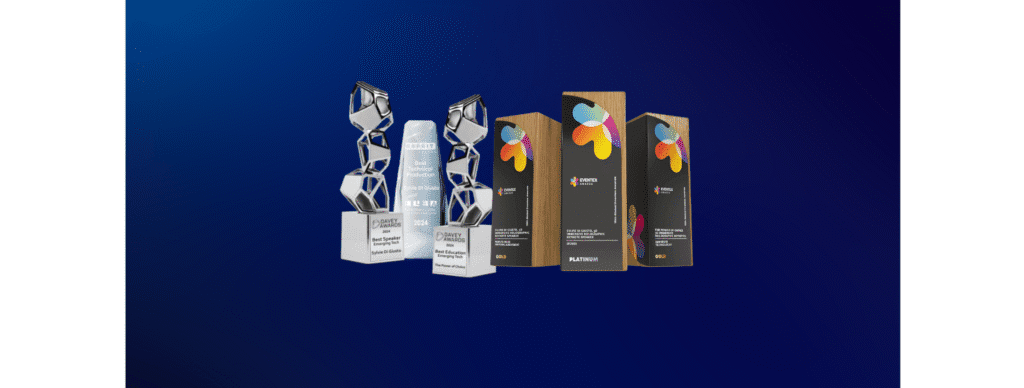How to Host a Hologram Conference That Wows Without Overwhelming
You’ve seen the videos. You’ve heard the buzz. Maybe someone on your team floated the idea of having a speaker appear as a hologram. Maybe you watched an audience gasp as a stage transformed into a cinematic world before their eyes. And maybe now, you’re wondering: what does it actually take to pull off a hologram conference?
Holographic technology isn’t the future. It’s very much the now. But using it well—strategically, meaningfully, and without turning your show into a science experiment—is still rare. That’s where this guide comes in. Whether you’re new to the idea or already halfway through planning, here’s what every event professional needs to know about hosting a hologram conference that not only works, but wows.
Key Takeaways
- Not all holograms are the same: know the difference between live, remote, and environment-based formats
- A successful hologram conference starts with purpose, not tech specs
- Partner early with the right AV team—you’ll need more than plug-and-play
- Budget, rehearsals, and audience expectation-setting matter more than ever
- Immersive visuals must support the story, not compete with it
- Holography can be elegant and subtle—it’s not just for high theatrics
- Hologram Speakers are different: it’s part keynote, part performance
The Three Types of Hologram Conference Experiences
Not all hologram keynotes are created equal. And if you’re an event professional weighing the idea of integrating holography into your next conference, understanding the distinction isn’t just helpful—it’s crucial.
The term “hologram speaker” gets tossed around a lot, but what people really mean can vary wildly. Is the speaker dialing in from another location and appearing live in 3D? Are they already on stage, but surrounded by holographic visuals and effects? Or are you combining elements of both to create something entirely new? These aren’t trivial questions—they’re the blueprint for your production plan, your AV partnerships, your budget, and your audience’s expectations.
So before you chase the buzz or commit to the flash, let’s walk through what a “hologram conference” or a “hologram on stage” actually looks like—and the three most common ways it shows up on stage today.
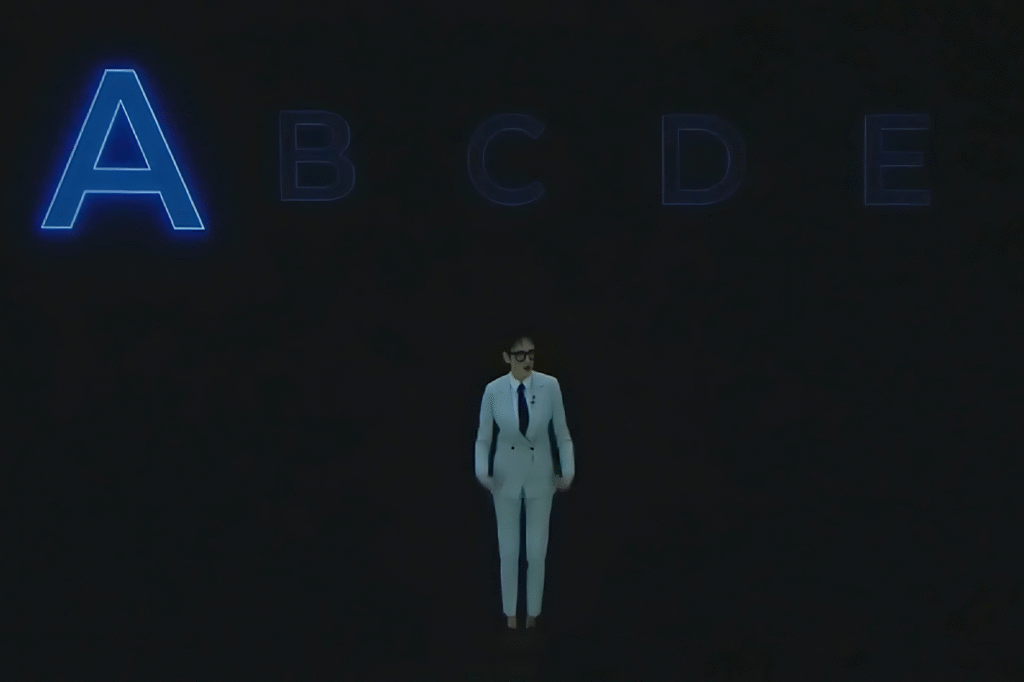
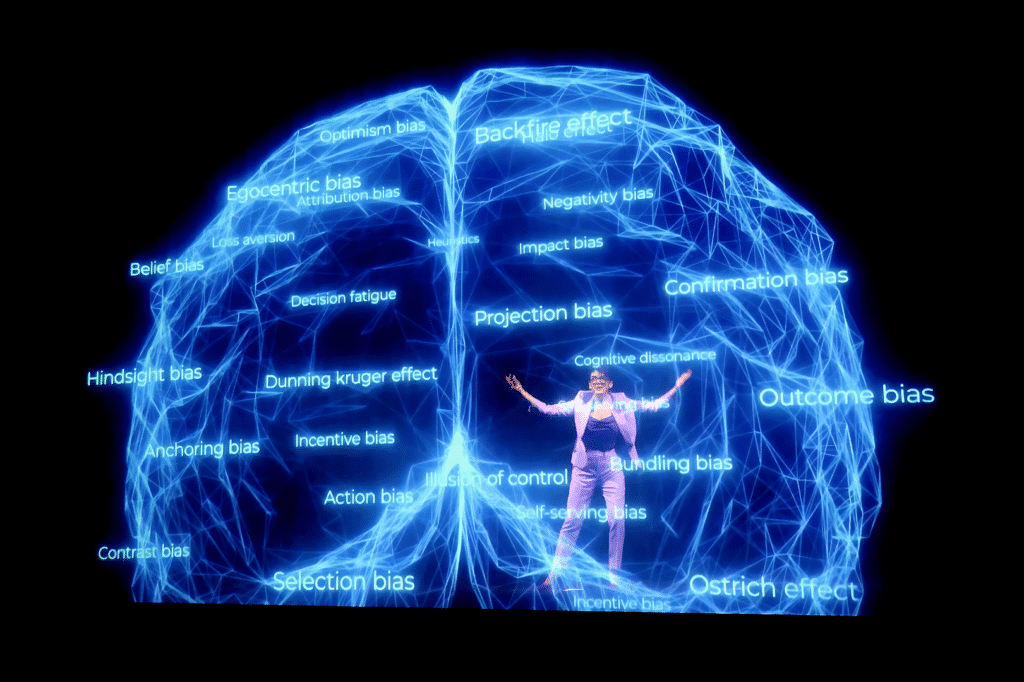

This is the classic use: a speaker appears as a 3D hologram on stage, even though they’re physically elsewhere. Sometimes they’re dialing in live from another location, sometimes it’s a pre-recorded keynote designed to look live.
In this setup, the speaker is physically on stage, but the environment around them becomes holographic. Think animated graphics, floating visuals, 3D motion, cinematic effects—all timed to enhance their story.
Some conferences combine both—a live speaker with a remote guest beamed in as a hologram, or a live keynote enhanced with both environment design and pre-recorded holographic content.
The technology should follow the narrative—not lead it.
Build a Hologram Experience That Works—Because You Did the Work
If you’re considering a hologram conference, you’re not just organizing an event—you’re orchestrating an entirely new dimension of experience. This isn’t just about swapping out a traditional stage for a high-tech one. It’s about redefining what presence looks like, what storytelling feels like, and how audiences remember what they saw and heard.
But with innovation comes complexity. And with complexity comes responsibility. Because when you move into holographic territory, you’re not just managing logistics anymore—you’re managing expectations, emotions, and immersive moments that can go either wonderfully right or distractingly wrong.
That’s why getting it right isn’t about mastering the technology alone. It’s about understanding how that technology fits into a larger story, a strategic goal, and a human experience. What follows isn’t just a checklist of production notes. It’s a mindset shift for planners who want to lead their audiences into something unforgettable.
1. Purpose First, Then Production
Don’t start with the technology—start with the why. Before you even think about holographic platforms or projection angles, ask yourself what you want your audience to walk away with. Is it inspiration? A new understanding? An emotional shift? Holography should never be the headline; it should be the vehicle. When your purpose is clear, the production can elevate it rather than distract from it.
2. Choose the Right Format
One size never fits all. A remote speaker beamed in as a hologram creates a very different atmosphere than a live speaker surrounded by immersive, responsive visuals. Choose the format that serves your story and supports your audience’s energy. Are you trying to unify satellite locations? Add cinematic flair to a product launch? Anchor a message in emotional resonance? Let the intent lead the format.
3. Check Your Location Requirements
Like it or not, holographic technology comes with a physical footprint. You’ll need to assess if your venue has enough ceiling height, if it can be darkened properly, and if the sightlines support the holographic effect. These aren’t nice-to-haves—they’re foundational to making the experience actually work. Don’t assume the space is “good enough”—verify it with your event location before signing off.
4. Pick the right Production Team
You want a team that’s not just capable, but curious. The best partners won’t just point out what’s challenging—they’ll help solve it. You want people who are as excited about bringing your vision to life as you are. That means avoiding vendors who approach the project with skepticism or default limitations, and choosing those who offer clarity, creativity, and collaboration—without surprising you with a giant invoice halfway through.
5. Pick the Right Performer(s), Not Just a Speaker
Not every keynote speaker is a hologram speaker. And that distinction matters more than you might think. Delivering a keynote inside a holographic experience requires a unique blend of presence, timing, spatial awareness, and emotional intelligence. It’s not just about delivering lines—it’s about navigating an immersive environment, responding to visual cues, and maintaining connection even as the room reacts to technology. The ideal performer knows how to command both the stage and the story, balancing technical precision with authentic delivery. If your speaker isn’t excited to step into that challenge, they might not be the right fit for this forma
6. Align the Budget
Yes, a holographic keynote is an investment—but it’s also an asset. When done well, it increases audience engagement, media coverage, and long-tail content value. Be transparent with your production partners about budget parameters. A good team can scale effects creatively without compromising quality. The best tech isn’t always the flashiest—it’s the most thoughtfully integrated. And in the best case, you work with a speaker or performer who already provides much of the required technology as part of their offering. Not only does this ensure seamless execution—it can significantly reduce the burden on your overall production budget.
7. Rehearsal Is Non-Negotiable
This is not your typical mic-check. A holographic performance is part theatre, part technology, and all timing. Your speaker needs to move in sync with animations. Your tech team needs time to calibrate. And your show caller becomes the conductor of an incredibly complex orchestra. Schedule full run-throughs—and protect that time like your event depends on it. Because it does.
8. Set Audience Expectations—or maybe Don’t
Sometimes, the most powerful reaction comes from the element of surprise. While giving your audience a lens for the experience can help them connect with your intention, not every moment needs an explanation in advance. In fact, some of the most unforgettable holographic moments we’ve created have come from not announcing them at all—letting the technology unfold naturally, unexpectedly, and in service of the story. There’s a fine line between guiding and overexplaining. If the moment is strong enough, the audience doesn’t need to be told what they’re seeing—they feel it. So yes, you can prime them. But also consider whether mystery might do the job better.
9. Make It Part of the DNA of Your Event
If you’re calling it a hologram conference, then don’t let the holography exist in isolation. Too often, the immersive moment is limited to a single keynote—when it could thread through the entire event experience. Think beyond the stage: Can your emcee use holographic effects for transitions? Could sponsor messages or awards segments tap into the same technology? Are there other presenters, activations, or surprise moments that would benefit from the same immersive layer? Treat the holographic element not as a one-off feature, but as part of the storytelling fabric that gives your event a signature feel and emotional arc.
Magic on stage always begins with meticulous planning off stage.
Expect Resistance—and Be Ready to Respond
Let’s be honest: not everyone will be immediately on board with the idea of a hologram conference. Some will say the tech is too new, too risky, too expensive, or too gimmicky. You might hear it from your internal stakeholders, your production team, your CFO—or even from guest speakers who aren’t sure they can perform in that kind of environment.
These concerns are real—but they’re also addressable. The truth is, many of the hesitations about holography stem from outdated assumptions or lack of exposure. Your job as an event professional isn’t just to push forward. It’s to listen, educate, and offer context. Share examples of where the technology has worked beautifully. Clarify what’s possible today versus five years ago. Show how holographic experiences are being used to deepen—not distract from—the message.
When facing resistance, don’t overpromise or rely on hype. Be honest about the learning curve and transparent about what’s required. But also be clear on this: immersive technology, when used intentionally, creates moments that traditional formats simply can’t. It’s not about impressing the room. It’s about moving it. And that’s worth a conversation—even with the skeptics.
Here are some of the most common objections you might hear—and a few ways to respond:
“It’s too expensive.”
You’re right to raise cost concerns, but the ROI isn’t just in wow-factor—it’s in attention, retention, and amplification. Holographic moments often become the most shared content of an event, extending visibility far beyond the room.
“It’s too risky. What if the tech fails?”
Good question. That’s why we work with specialized teams who build in redundancies and run multiple rehearsals. And remember, every new innovation felt risky before it became standard.
“It’s just a gimmick.”
Only if it’s used as one. When designed with purpose, holography becomes a storytelling amplifier—not a distraction. It’s not about flash. It’s about emotional resonance.
“We’ve never done this before.”
Exactly. Which is why it will stand out. Sometimes the best reason to try something new is because it hasn’t been done yet.
“This will take too much time to plan.”
It’s true—this isn’t plug-and-play. But with the right partners and a clear timeline, it’s manageable. And the outcome is worth every planning hour.
“Our speakers won’t want to deal with that tech.”
Then let’s talk about the right speaker. Not every presenter is suited for this format—but the ones who are, thrive in it. And some even bring their own integrated tech solution.
“What if it doesn’t land with the audience?”
We build the experience for the audience. And we test it, refine it, and rehearse it. If the message matters and the medium fits, it won’t just land—it will linger.
“What if we just stick to what we know?”
Then you’ll get the results you’ve always gotten. Safe might feel comfortable, but in today’s event landscape, bold is what’s memorable.
These aren’t arguments to shut down. They’re opportunities to open up the conversation—and shift what’s possible.
Don’t fear resistance. Fear staying safe so long you miss the moment.
The Future Isn’t Waiting—It’s Wondering Who Will Go First
Every conference has a choice: stay familiar or lead forward. Choosing to design a hologram conference isn’t about trend-chasing—it’s about audience-respecting. Because the audiences we serve today have seen enough to know when something is truly different. They crave moments that surprise them, challenge them, and stay with them.
So if you’re hesitating, know this: innovation isn’t about perfection. It’s about intention. It’s about having the courage to ask, “What if we didn’t just fill the agenda—but redefined what a keynote could be?”
The technology is ready. The audiences are ready. The only real question left is—are you?
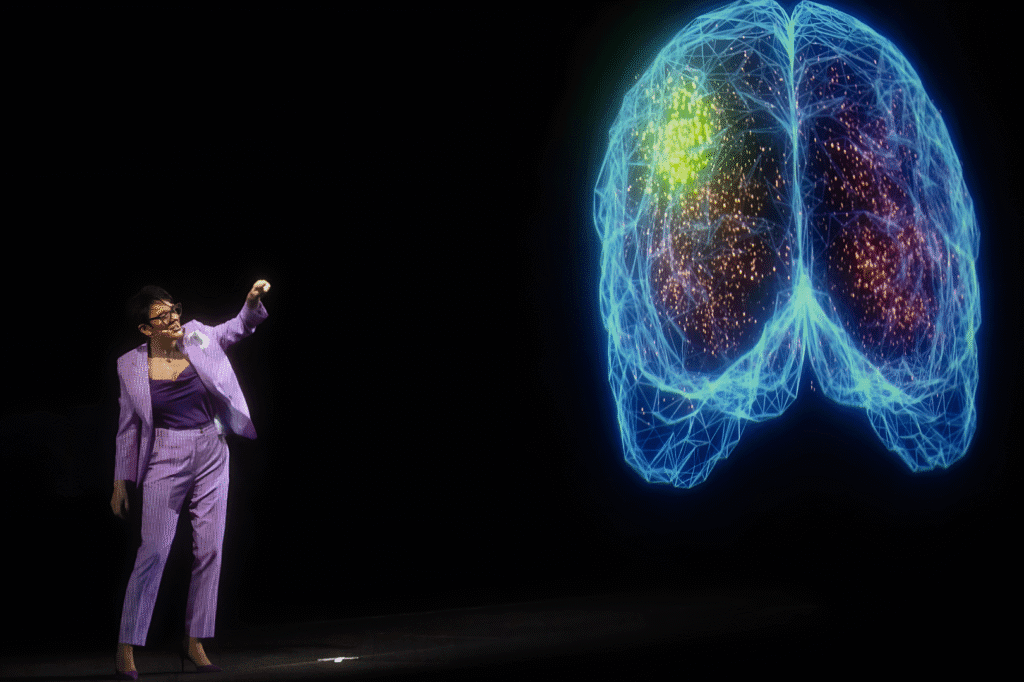
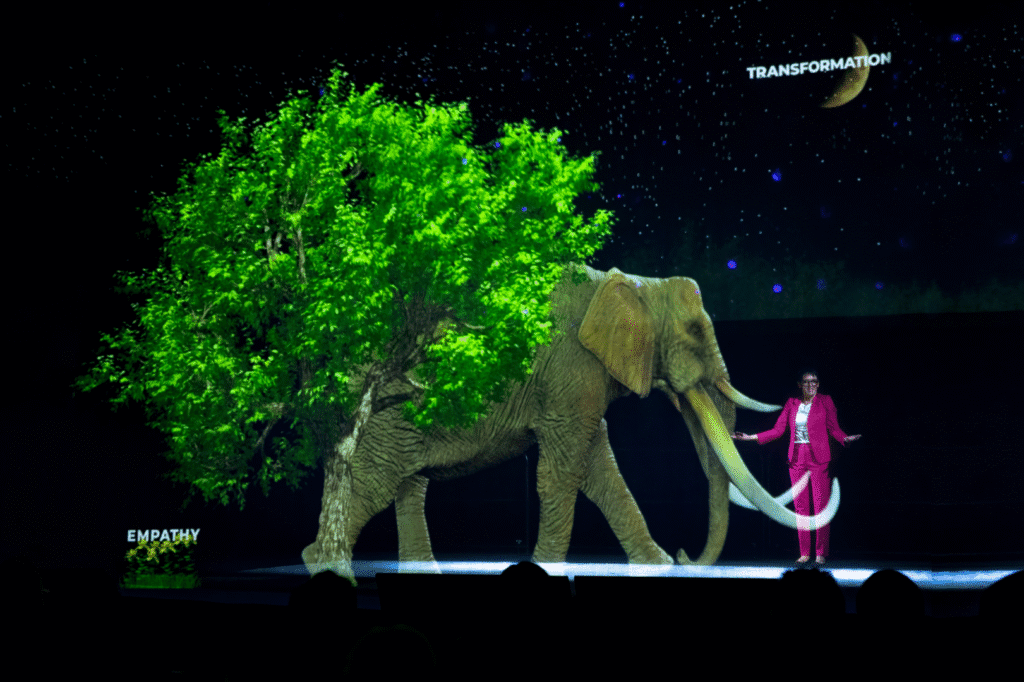
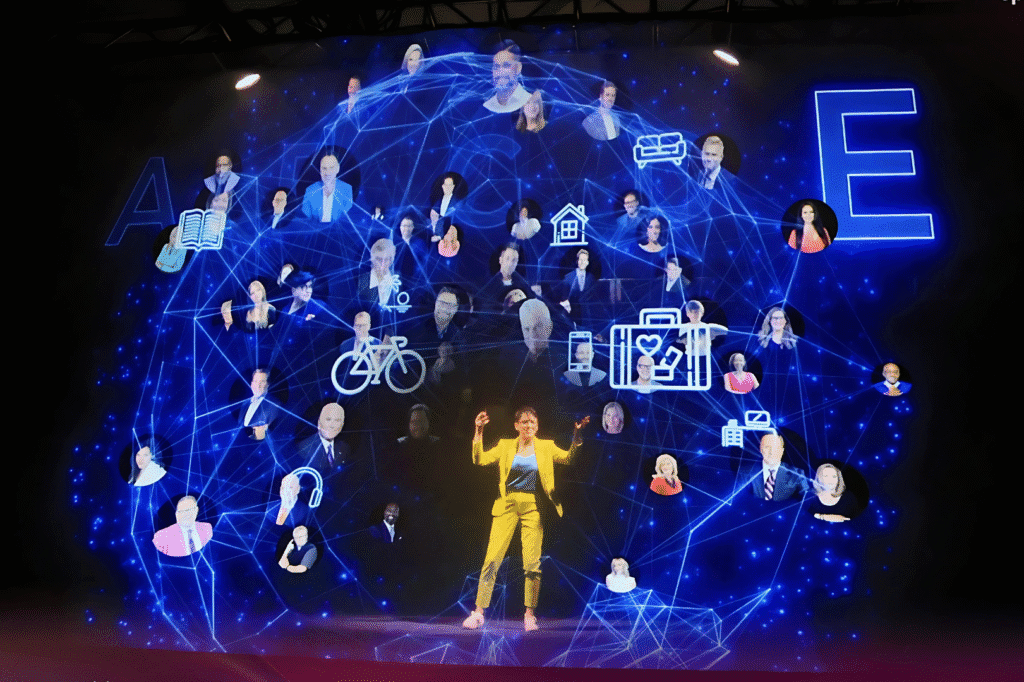
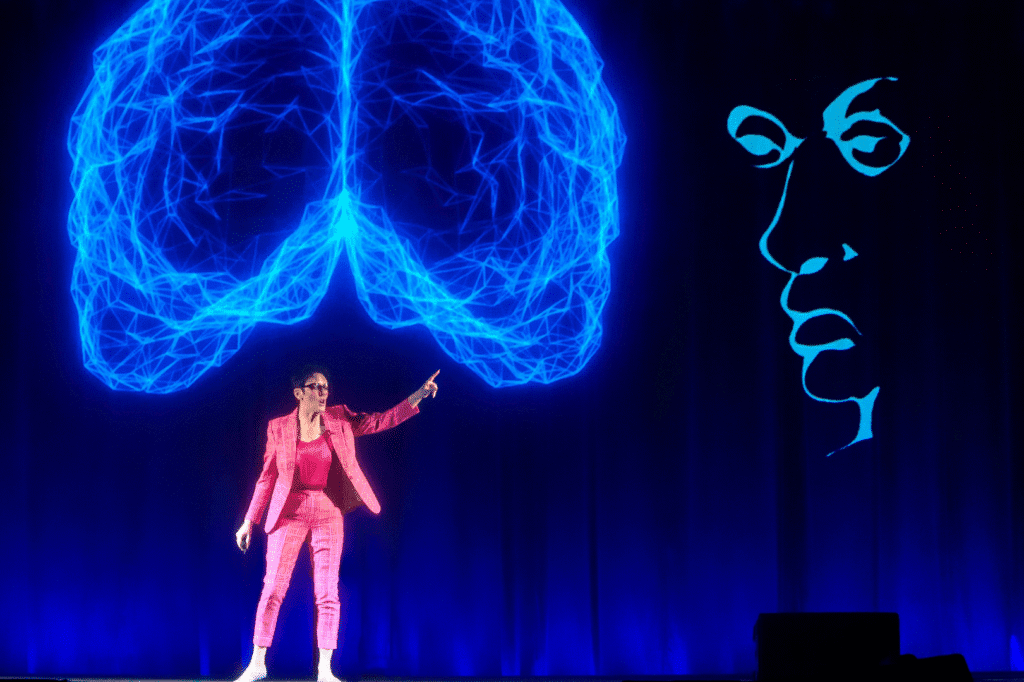
The future isn’t coming—it’s here. And it’s wondering who has the courage to step into it.
FREQUENTLY ASKED QUESTIONS
Do all venues support the requirements for a hologram conference?
No—and that’s a key consideration. A hologram conference needs a venue that can accommodate specific tech needs: controllable lighting, ceiling height, stage depth, and unobstructed sightlines. Always verify venue compatibility early in your planning process to avoid surprises and costly workarounds.
What kind of content works best in a hologram conference environment?
Visually rich, emotionally resonant content performs best. Whether it's storytelling, visionary leadership themes, or complex data made visual, the hologram conference format is perfect for amplifying high-stakes messages. Static or overly technical presentations might underwhelm unless paired with thoughtful visual integration.
What happens if the technology fails during a hologram conference?
While rare with professional planning, redundancy is key. Reputable teams build in backup systems and fallback options (like pre-recorded segments or alternate visuals) to ensure continuity. A well-prepared hologram conference should have a show flow that’s resilient—even if the tech hits a snag.
WANT TO BRING A HOLOGRAPHIC SPEAKER TO your NEXT EVENT?
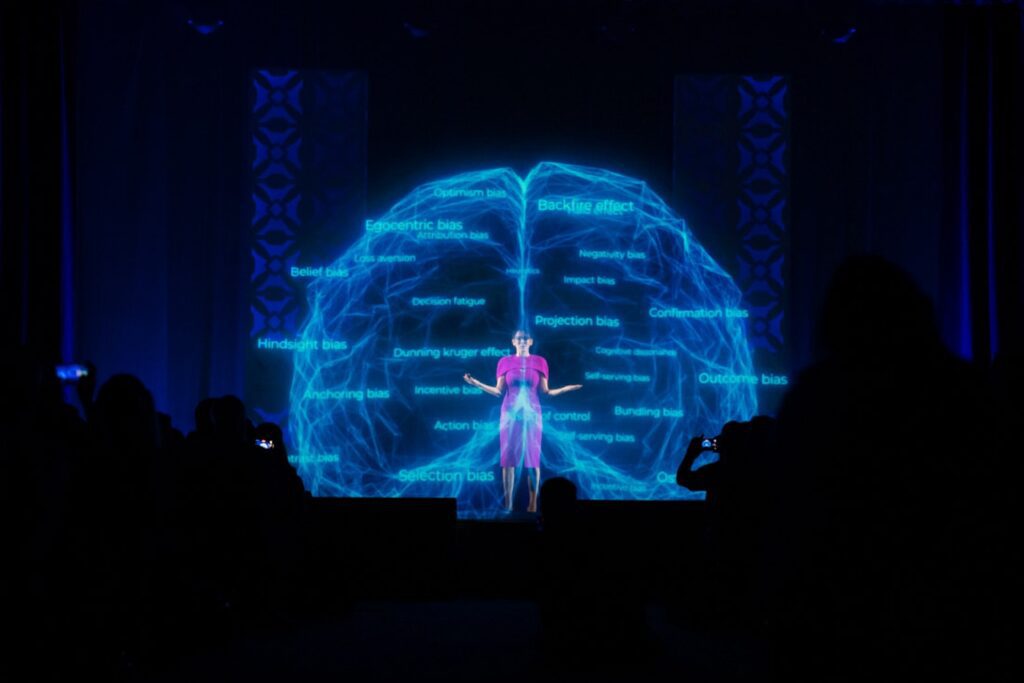
For inquiries, reach out via the contact form, email [email protected], or call +1-403-398-8488.
As the world’s first 3D immersive hologram speaker, Sylvie offers a next-generation keynote experience tailored for any organization planning a hologram conference. Her immersive presentations combine emotional storytelling with state-of-the-art holographic visuals to create unforgettable moments that bridge human connection and advanced technology.
Her expert team at cmi ensures every aspect of the hologram experience is smooth, intentional, and aligned with your event’s goals—from early-stage tech integration to show-day execution. When you book Sylvie, you’re not just getting a keynote.
If you’re serious about creating a hologram conference that resonates long after the lights go down, she and her team are ready to help you lead the way.
